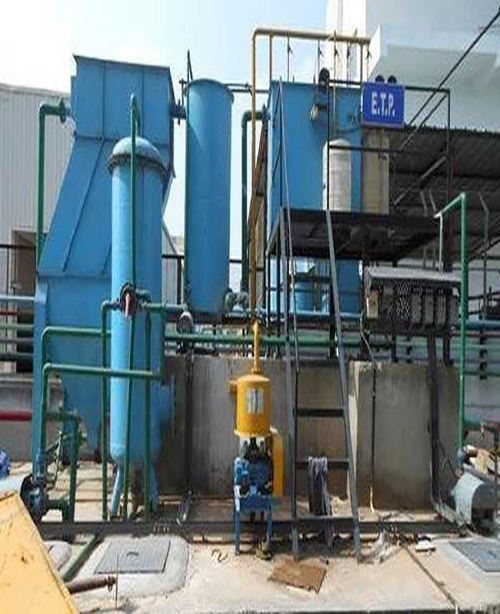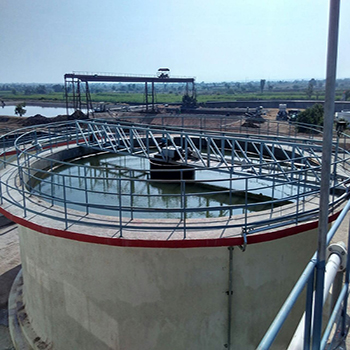
Effluent Treatment Plant
We have 10+ years of experience with providing wide area of specialty services works listed below
Effluent Treatment Plant
Quick Contact For This Product
Effluent Treatment Plant
Effluent Treatment Plant or ETP Plants is a system design to treat industrial wastewater for reuse or safe disposal into the environment and maintain the eco system clean.
Hydroflux Engineering Pvt Ltd is a reputed manufacturerof Effluent Treatment Plants (ETP) headquartered in Delhi, India. We have serve various industries and applications across the Globe and constantly innovate to extend our spectrum of offerings. We have been providing end-to-end solutions right from requirement understanding, solution designing, implementation, and onsite/offsite installation to post-installation support, break fixes and AMCs.
What is an Effluent Treatment Plant?
Effluent Treatment Plants or ETP Plants purify industrial effluent and contaminated water and make it reusable. This process removes contaminant or harmful chemicals from the water, promoting sustainability. It is commonly use in industries such as pharmaceuticals, textiles, tanneries, and chemicals. However, the treatment may vary across industries.
The main goal of an ETP is to release safe water into the environment, thus preventing the harmful effects caused by the effluent.
Major advantages of ETP's:
- Effluent treatment plant or ETP plant plays an important role in industrial wastewater and sewages produced from homes.
- The effluent produced from small and medium-sized industries can be treated or removed by Packaged Effluent Treatment Plant.
- It produces clean and reusable water.
- It is beneficial to clean and maintain an eco-friendly environment.
- Helps to maintain ground water level.
Process of Effluent Treatment Plants - ETP Plants:
The process of Effluent Treatment plants varies According to their Design:
- EQUALISATION: Raw wastewater is balances in an equalization tank and collected in a mixed effluent tank before being transfer to an aeration tank. This tank, which also serves as the equalization tank, homogenizes the effluent before it is pumped to the neutralization tank for further treatment.
- pH CONTROL: The Bureau of Indian Standards (BIS) recommend maintaining the pH of effluent plant between 5.5 and 9.0, and pH neutralization is suitable method for modifying the pH of wastewater.
- COAGULATION: Coagulation involve adding liquid aluminium-sulfate to untreated water, causing tiny dirt particles to form larger, heavier particles that can be removed through settling and filtration.
- SEDIMENTATION: During this process, water move slowly, allowing heavy particle to settle at the bottom. The sediment that accumulate at the bottom of a container is known as sludge.
- FILTRATION: Filtration is the process of passing water through a filter that removes particulates. The filters are made out of sand and gravel layers. Backwashing is required to clean these filters on a regular basis.
- DISINFECTION: Before entering the distribution system, water is disinfected. Chlorine is used to disinfect and decontaminate water.
- SLUDGE DRYING: Sedimentation collects and settles down solids, which are then transported to drying beds. when the sludge thickness reaches around 300 mm, the sludge charging should be stopped, and the bed should be segregated to allow natural evaporation to dry it off





















